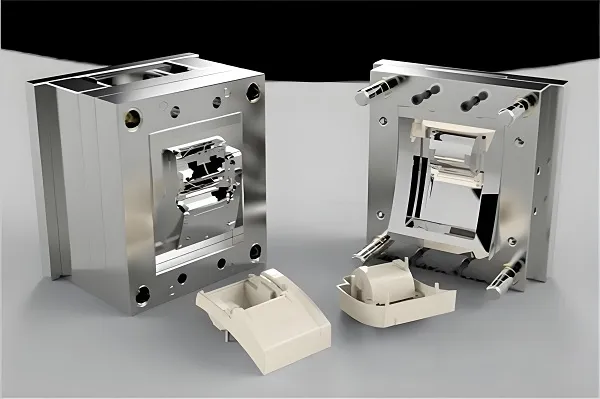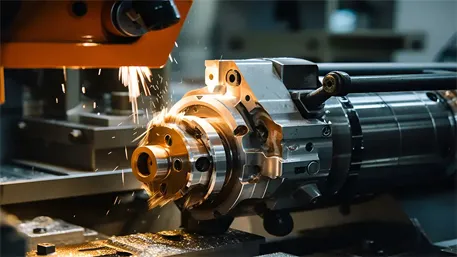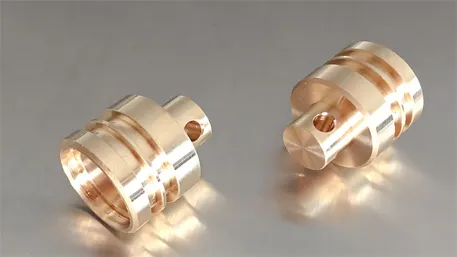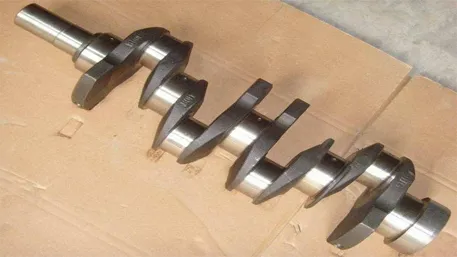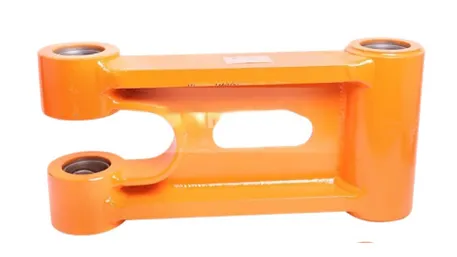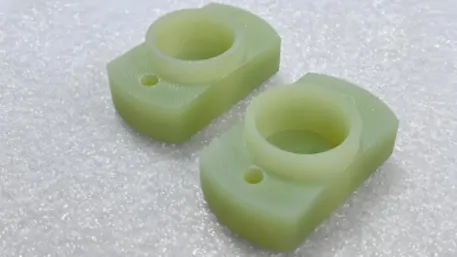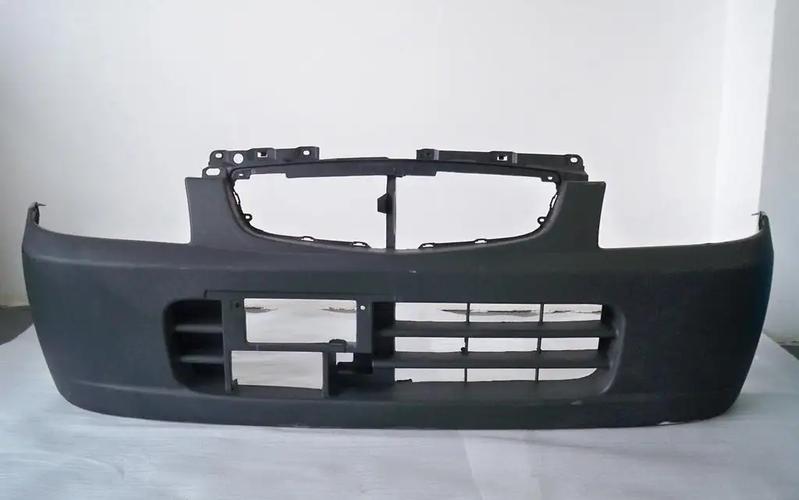
I. Core Material Properties and Application Advantages
(A) Comparison of Mainstream Material Properties
|
Material Type
|
Density (g/cm³)
|
Tensile Strength (MPa)
|
Impact Strength (kJ/m²)
|
Temperature Range (°C)
|
Core Advantages
|
Typical Certifications
|
|
Polypropylene (PP) + Talc
|
0.95–1.15
|
25–40
|
15–30
|
-30 to 120
|
Low cost, easy moldability, high rigidity
|
ISO 11463 Automotive Material Standard
|
|
Polypropylene (PP) + Ethylene Propylene Diene Monomer (EPDM)
|
0.92–0.98
|
18–28
|
35–60
|
-40 to 110
|
High toughness, impact resistance, aging resistance
|
ASTM D256 Impact Test Certification
|
|
Polycarbonate (PC) + Acrylonitrile Butadiene Styrene (ABS)
|
1.12–1.25
|
50–70
|
60–80
|
-40 to 130
|
High strength, high gloss, dimensional stability
|
UL 746C Material Certification
|
|
Thermoplastic Polyurethane (TPU)
|
1.10–1.25
|
30–50
|
40–70
|
-50 to 80
|
Excellent elasticity, abrasion resistance, weather resistance
|
SAE J2005 Automotive Standard
|
(B) Driving Forces of Customization Core Requirements
1. Safety Performance
- Must pass low-speed crash tests (4 km/h) with a deformation recovery rate ≥ 80%.
- Energy absorption capacity ≥ 15 kJ to reduce pedestrian impact injuries.
2. Appearance and Fitment
- Surface gloss must reach 60–80 GU (measured at a 60° angle) to meet high-end vehicle requirements.
- Assembly precision with the vehicle body controlled within ±0.5 mm to ensure seamless installation.
3. Environmental Adaptability
- Weather resistance requirements: Pass QUV aging tests for 2,000 hours with a color difference ΔE ≤ 3.
- Chemical corrosion resistance: Withstand common automotive fluids (e.g., gasoline, antifreeze) for 72 hours without swelling.
II. Analysis of Five Core Design and Manufacturing Technologies
(A) CAE Simulation and Structural Design
- Technical Advantages:
-
- Use software like ANSYS for crash simulations to optimize energy-absorbing structure design.
-
- Achieve bumper lightweighting through topology optimization, reducing weight by 15%–20%.
- Design Key Points:
-
- Energy-absorbing box structure design must meet a compression stroke ≥ 80 mm for effective crash energy absorption.
-
- Mounting hole positioning accuracy controlled within ±0.2 mm for precise vehicle body assembly.
(B) Injection Molding Processes
|
Process Type
|
Molding Characteristics
|
Typical Applications
|
|
Conventional Injection Molding
|
Low cost, high efficiency
|
Bumpers for mid-to-low-end vehicles
|
|
Low-Pressure Injection Molding
|
Low stress, low deformation
|
Bumpers with complex structures
|
|
Microcellular Injection Molding
|
Lightweight, sound insulation
|
Bumpers for new energy vehicles
|
- Technical Highlights:
-
- Large-scale injection molds adopt a one-mold-two-cavity design, increasing production efficiency by 50%.
-
- Mold temperature control accuracy of ±2°C ensures product dimensional stability.
(C) Surface Treatment Technologies
- Painting Processes:
-
- Adopt a three-coat three-bake process with a coating thickness controlled at 80–100 μm.
-
- Color difference control ΔE ≤ 1.0 for high color matching with the vehicle body.
- Paintless Technologies:
-
- Use pre-colored materials, reducing painting processes and cutting costs by 20%.
-
- Surface textures (e.g., leather grain, matte finish) achieved through mold texturing.
(D) Assembly Integration Technologies
- Modular Design:
-
- Integrate sensors, radars, and other components into bumpers for intelligent functions.
-
- Snap-fit assembly structures reduce screw usage, improving assembly efficiency by 30%.
- Welding Processes:
-
- Ultrasonic welding strength ≥ 30 MPa ensures reliable component connections.
-
- Laser welding enables seamless splicing, enhancing appearance quality.
(E) Rapid Prototyping Technologies
- 3D Printing Applications:
-
- Rapidly produce prototypes to verify design feasibility, shortening the cycle to 3–5 days.
-
- Use nylon-carbon fiber materials with a printing accuracy of ±0.1 mm.
- Rapid Tooling:
-
- Aluminum mold manufacturing cycle of 10–15 days, suitable for small-batch custom production.
-
- Enables quick mold design modifications to meet customer-specific requirements.
III. Full-Process Customization Solutions
(A) Design and Engineering Phase
1. Requirement Analysis
- Collect vehicle parameters, safety standards, and exterior design requirements.
- Evaluate customer needs for lightweighting, intelligent functions, and other special features.
2. Solution Design
- Create 3D models and styling designs, producing appearance renderings and structural design drawings.
- Develop CAE analysis plans to optimize product performance.
3. Material Selection
- Select PP + talc materials for economy models to balance cost and performance.
- Use PC + ABS alloys for high-end models to enhance strength and appearance quality.
(B) Manufacturing and Quality Control
1. Production Flow
- Raw material pretreatment → Injection molding → Surface treatment → Assembly inspection → Packaging and warehousing
- Key processes utilize automated equipment, such as robotic painting and automatic assembly lines.
2. Testing System
- Physical Properties: Tensile strength tests, impact tests, bending tests.
- Appearance Inspection: Color difference detection, gloss measurement, surface defect inspection.
- Safety Performance: Crash tests, weather resistance tests, chemical corrosion tests.
3. Delivery Standards
- Provide product test reports and quality guarantee certificates.
- Ensure a product qualification rate ≥ 99% to meet customer quality requirements.
(C) After-Sales Service and Maintenance
- Technical Support: Offer installation guidance, maintenance training, and other services.
- Quality Traceability: Establish a product traceability system for rapid issue identification.
- Continuous Improvement: Refine product designs and processes based on customer feedback to enhance performance.
IV. Multi-Scenario Application Solutions
(A) Passenger Vehicle Sector
- Car Bumpers: Use PC + ABS materials, emphasizing appearance refinement and lightweighting.
- SUV Bumpers: Employ PP + EPDM materials to enhance impact resistance and off-road capability.
(B) Commercial Vehicle Sector
- Truck Bumpers: Large injection-molded PP bumpers, prioritizing high strength and durability.
- Bus Bumpers: Intelligent bumpers integrated with LED lights and radars to improve safety.
(C) New Energy Vehicle Sector
- Lightweight Bumpers: PP bumpers produced via microcellular injection molding, achieving over 15% weight reduction.
- Smart Bumpers: Integrated with sensors and charging interfaces for vehicle intelligence.
V. Technology Selection Guide
|
Requirement Type
|
Preferred Technologies
|
Core Indicators
|
Delivery Cycle
|
|
Personalized Customization
|
3D Printing + Rapid Tooling
|
Fast response, small-batch production
|
5 days for design, 15 days for manufacturing
|
|
High-End Quality Requirements
|
PC + ABS Materials + Three-Coat Three-Bake Process
|
High gloss, high strength, high fitment precision
|
10 days for design, 30 days for manufacturing
|
|
Large-Scale Economical Production
|
PP Materials + Conventional Injection Molding
|
Low cost, high efficiency
|
7 days for design, 25 days for manufacturing
|

